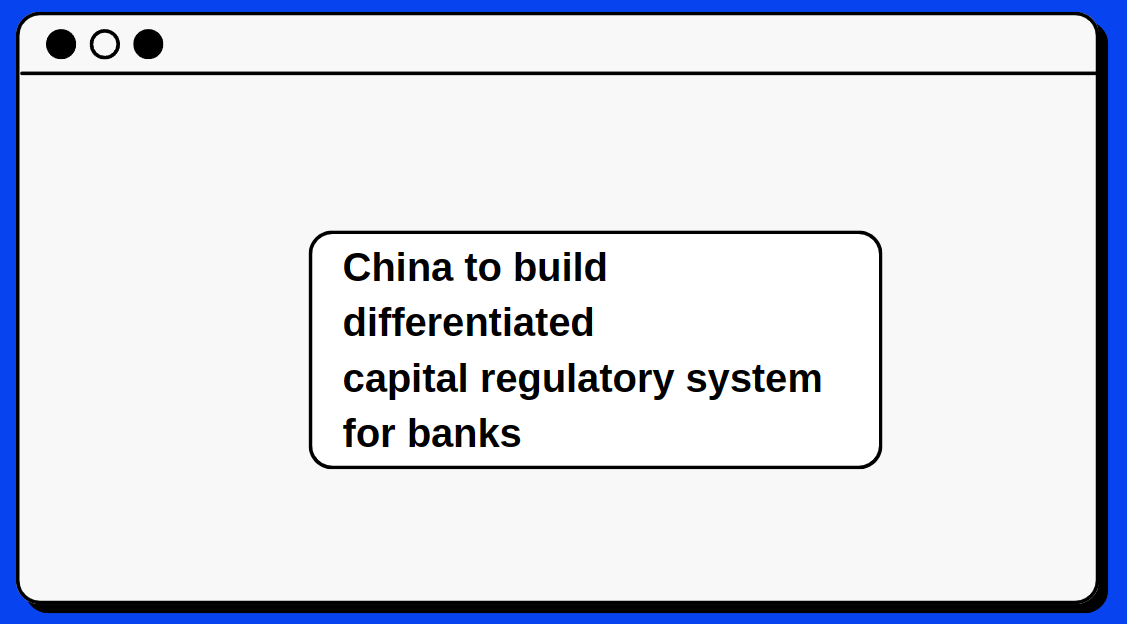New capital oversight system to raise bank standards
The China Banking and Insurance Regulatory Commission recently issued a draft for comments on the administrative measures for the capital of commercial banks in conjunction with the People's Bank of China, the country's central bank, dividing commercial lenders into three tiers based on their asset size and risk profile, and matching them with different capital regulatory programs.
Revisions were made to the existing administrative measures, which were rolled out in 2012. Once implemented, the new regulations will help improve the risk management levels of lenders in China, maintain overall stability of the banking system and better manage financial risk, said Dong Ximiao, chief researcher at Merchants Union Consumer Finance Co and a banking analyst.
"The proposed regulations will put differentiated supervision over bank capital into practice, lower compliance costs for small and medium-sized lenders and improve banks' ability to serve the real economy, especially by reducing capital at risk for local government bonds and high-quality enterprises," Dong said.
"The regulations will also help China's banking sector better align with international standards such as the Basel III accord, and promote continuous expansion and deepening of financial sector opening-up in China," he said.
The Basel Committee on Banking Supervision, the primary global standard-setter for the prudential regulation of lenders, has been pushing forward regulatory reforms in response to the financial crisis of 2007-09, issuing a series of prudential regulatory requirements as the minimum capital regulatory standards which apply to internationally active banks.
The CBIRC revised the administrative measures for the capital of commercial banks based on the actual situation of China's banking sector and the latest achievements of international regulatory reforms. This will help lenders continuously improve the precision of risk measurement and guide them to better serve the real economy, said an official with the CBIRC on the regulator's website on Saturday.
According to the new regulations, banks with a large asset size or relatively larger cross-border business activity are classified as Tier 1, and the capital regulatory measures for them will be in line with international standards. Tier 1 banks are required to disclose a complete set of reports.
Banks with relatively smaller asset and cross-border business sizes are classified as Tier 2. They are subject to relatively simplified capital regulatory measures and disclosure requirements.
Banks with assets of less than 10 billion yuan ($1.46 billion) each are classified as Tier 3. The CBIRC said it will further simplify capital measurements for Tier 3 banks and guide them to focus on serving the economy at the county level and small businesses.
Tao Xin, a partner at PwC China, said banks should pay particular attention to the asset categories and corresponding business types that undergo significant changes under the new regulations, such as real estate development loans and mortgage loans, interbank and financial market businesses, asset securitization, asset management products and derivative transactions. They should also make asset structure adjustments in advance as necessary.
The more complex and detailed capital measurement rules under the new regulations also place higher demands on the quality of banks' basic data, Tao said in an article published on Saturday on Financial Regulation& Law, a WeChat official account.






















































First, please LoginComment After ~